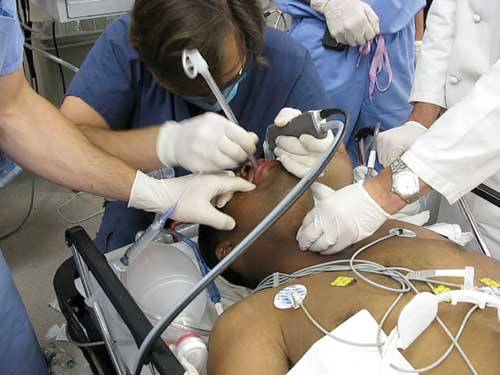What exactly is the CIWA protocol?
It is a tool used commonly in the US that helps clinicians assess and treat potential alcohol withdrawal. A significant amount of injury in this country is due to the overuse of alcohol. A subset of these patients are admitted and do not have access to alcohol. They may begin to withdraw within a few days, and this condition can lead to dangerous complications.
The Clinical Institute Withdrawal Assessment measures 10 items that are associated with withdrawal:
- Nausea / vomiting
- Anxiety
- Paroxysmal sweats
- Tactile disturbances (itching, bugs crawling on skin, etc)
- Visual disturbances
- Tremors
- Agitation
- Orientation
- Auditory disturbances
- Headache
All items are measured on a scale of 0-7 with the exception of orientation, which uses a scale of 0-4. All subscores are tallied to arrive at the final score.
The total score is used to determine whether benzodiazepines should be given to ameliorate symptoms or avoid seizures. Typically, a threshold is selected (8 or 10) and no medications are needed as long as the patient is under it. Once it is exceeded, graduated doses of lorazepam or diazepam are given and vital signs and CIWA scores are repeated regularly. The protocol is discontinued once the patient has three determinations that are under the threshold.
The individual dosing scale and monitoring routine varies by hospital. Look at your hospital policy manual to get specifics for your institution.
For a copy of the CIWA scoring criteria, click here.
Tomorrow, precautions when using the CIWA protocol.


